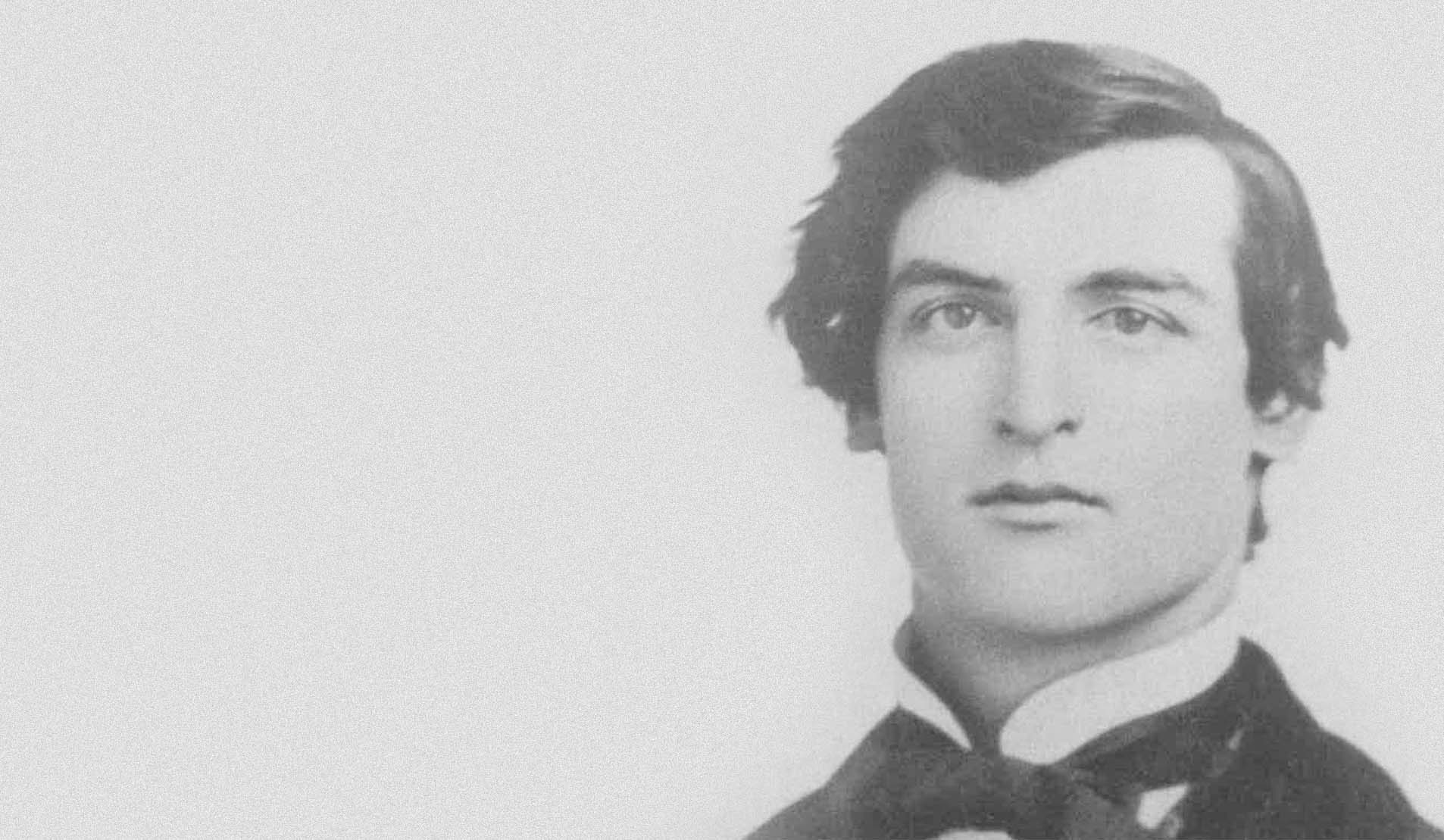
by Thomas Matowitz
When Abraham Lincoln called for volunteers to defend the Union in the aftermath of the attack on Fort Sumter large numbers of men from Ohio responded. One of them was a twenty year old Mentor resident named Albert Clapp. The son of a local clergyman, Clapp grew up in a house on Little Mountain Road which still stands. His father’s church was a small frame building located on Mentor Avenue not far from his family home. Later moved to make way for a newly constructed church, the building still exists, having served for many years as Mentor Village Hall.
Clapp was one of the first to enlist in the newly organized Second Ohio Volunteer Cavalry, which was raised in Cleveland in the summer of 1861. Cavalry units were seen as an elite force in the Civil War, and the Second Ohio saw more extensive service than most. Before the war was over, the regiment participated in more than thirty battles, ranging from the far west to service in some of the deadliest battles the Army of the Potomac fought in the summer of 1864.
Albert Clapp took part in seventeen of the regiment’s battles. Although he was never wounded, twice his clothing was pierced by bullets. Beginning his service as a private in the ranks, by the spring of 1865 he was promoted to first sergeant.
On April 6, 1865, the regiment fought in the final battle pitting the Army of the Potomac against Robert E. Lee’s Confederate Army of Northern Virginia.
The battle took place at Sailor’s Creek, Virginia as the Confederates withdrew westward, seeking to escape the Union Army.
In the course of the battle, Albert Clapp rode into the ranks of the Eighth Florida Regiment, CSA. He emerged with the unit’s battle flag.
This was regarded as a very difficult feat. Battle flags carried great significance in the eyes of the units that carried them, and the loss of a flag to capture was regarded as the greatest disgrace that could befall a Civil War regiment. Soldiers fought desperately to prevent this from happening.
To this day, the great majority of awards of the Medal of Honor recognize Civil War flag captures.

Just three days later, Albert Clapp witnessed the surrender of Lee’s army at Appomattox. Two weeks later he turned his captured flag over to the War Department in Washington D.C.
At a ceremony in the office of the Secretary of War, he received his medal from Edwin M. Stanton.
He was promoted to the rank of second lieutenant and left the army shortly afterward.
Returning to Mentor in the summer of 1865, he took up farming. In 1867, he married Cynthia Bissell from Painesville, Ohio. Together they were destined to become the parents of five sons.
Albert Clapp and his young family left Mentor in 1873, beginning a westward migration that brought them to Alhambra, California by the late 1880s.
He lived there for the rest of his life, dying in 1911.
After the passage of one hundred and fifty years, Albert Clapp remains the only soldier from Mentor ever to receive our nation’s rarest award for bravery on a battlefield.
